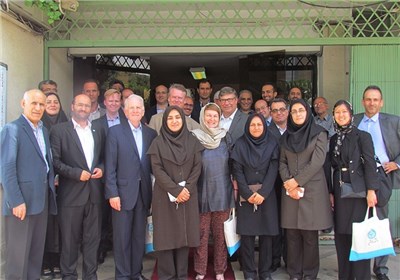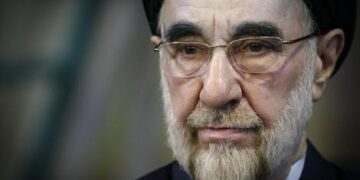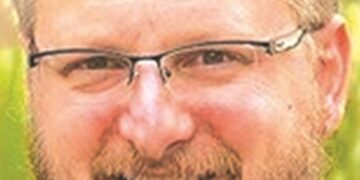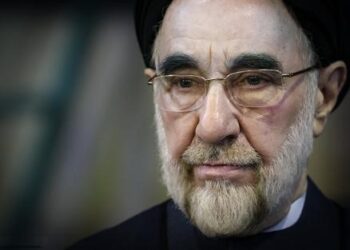
A group of US academics has visited Iran in an effort to promote greater exchanges between Iranian and American universities.
This the second such US academic visit in the past few years. But it isn’t clear whether anything will come of the visit.
The Rohani Administration, with many graduates of US universities in its ranks, clearly would like to see more exchanges. The Obama Administration has also been eager to promote them. In fact, even in the George W. Bush Administration, the State Department urged more academic exchanges.
But Iran’s hardliners routinely stand in the doorway. Iranian academics are told to beware of international conferences abroad, which hardliners dismiss as spy recruiting grounds for Western intelligence services.
There are more and more Iranians going to study in the United States with each passing year. But all of them attend on their own money because the Iranian government will not provide scholarships for anyone to study in the United States (or Canada or Britain).
There are now about 11,000 Iranian students in the US—compared to more than 50,000 before the revolution and currently 270,000 from China. At best, there are no more than a handful of Americans studying in Iran at any one time.
The US academic delegation was headed by Allan Goodman, president of the Institute of International Education (IIE), a New York-based organization that supports US international education exchanges.
Prof. Goodman, speaking on his return, said the US delegation had come away with a strong sense the Iranians want more engagement with the West. But the group didn’t meet with any hardliners who are convinced the Americans wish to take over Iran.
Goodman cited the legacy of links from previous generations of Iranians who studied in the US. It has been reported that the current Iranian cabinet has more holders of PhDs from US universities than any other government in the world, including the US. This includes Foreign Minister Mohammad-Javad Zarif, who studied at San Francisco State University and the University of Denver.
The US delegation received an “extremely warm” reception from Iranian students, said Goodman. “There were deep reservoirs of affection for the US higher education system,” he said.
The US delegation included representatives from five universities—Ball State; Pitzer College; Rutgers; the University of Southern California; and Wayne State University.
In Tehran, Shiraz, and Esfahan, the delegation visited many of Iran’s top universities and research institutes: the University of Tehran, Shahid Beheshti University, Allameh Tabatabai University, Alzahra University, Sharif University of Technology, University of Shiraz, University of Esfahan, Esfahan University of Technology, the National Research Institute for Genetic Engineering and Biotech (NIGEB), the National Research Institute for Science and Technology (IROST), the Royan Stem Cell Institute, the Institute for Research in Fundamental Sciences (IPM) and Zand University.
Goodman said that the next likely step would be a reciprocal visit by Iranian academics to US universities. There would also be a report to be published shortly with ideas for wider co-operation and partnerships.
The state news agency reported that the chancellor of the University of Tehran told the US delegation his university had once had links with “many American universities and is ready for resuming such ties once again.”
Goodman, a former executive dean of the School of Foreign Service at Georgetown University in Washington, DC, described the university links as “educational diplomacy.” He said the university sector could lead such bridge-building initiatives between countries “often before full diplomatic relations have been restored”.
Within Iran, universities have been caught up in a power struggle between moderate and hardline elements.
Last month, more than 700 Iranian professors wrote an open letter warning that pressure from ultra-conservative religious groups, which had caused the cancellation of lectures and cultural events, was threatening academic freedom.
The academics said they needed “sufficient independence to make decisions and sufficient security to think freely.”














